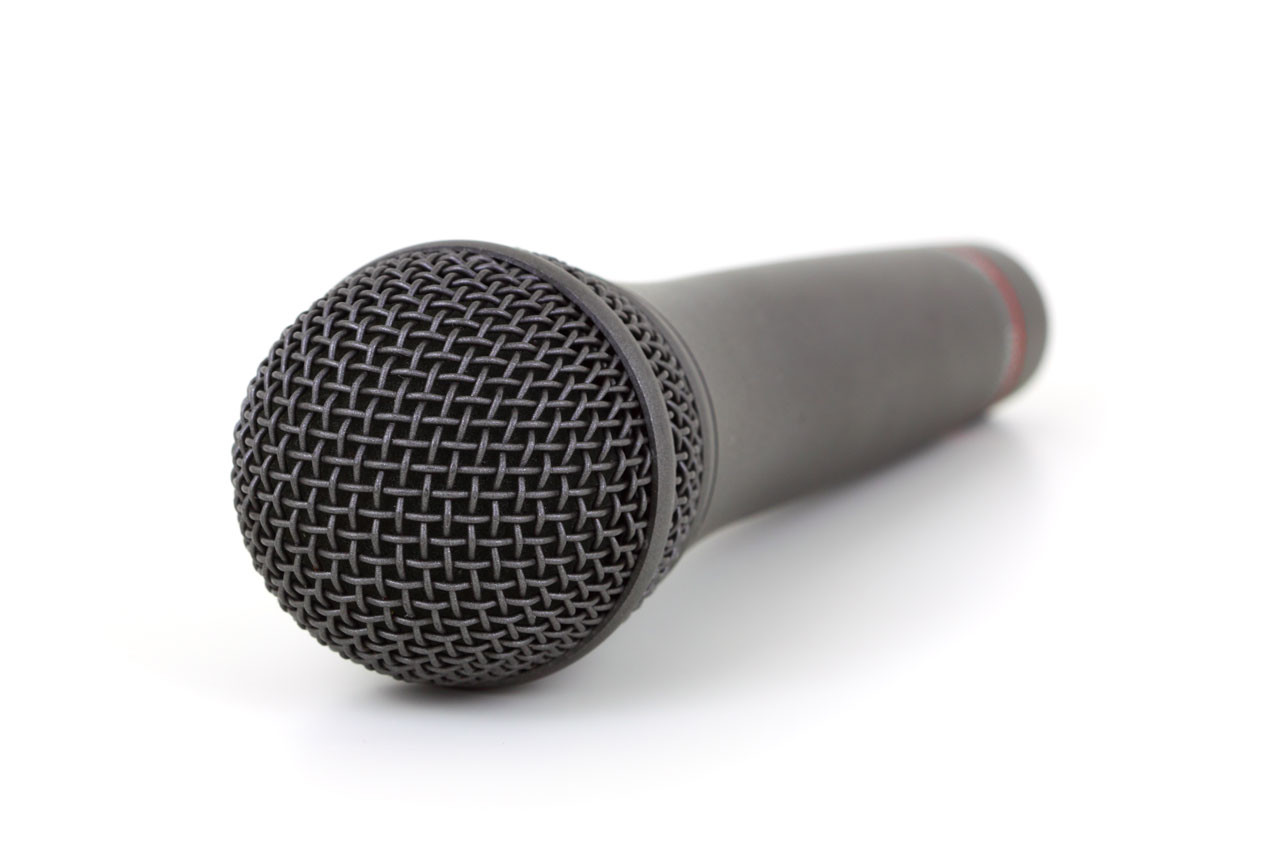Here’s How A Professional Sound Engineer Can Help You Avoid Wireless Mic Disaster
A wireless mic can be a game-changer for just about any type of event, but they have a learning curve. If you want to avoid cumbersome cables but aren’t sure how wireless mics work, hiring a professional engineer is essential.
An experienced engineer can help you avoid some of the common problems people run into with wireless mics. Additionally, a professional knows how to properly set up the system so things run smoothly from the beginning.
Wireless Mic Signal Blockage Can Still Pull The Plug
Even without a plug, if you experience signal blockage, your sound grinds to a halt. Signal blockage occurs when something, particularly something metal, comes between the transmitter and the receiver. Even walls and large groups of people can cause this undesirable effect.
Not so fun fact, it’s the high salt content in the human body that actually interferes with the signal.
Because you’re bound to have walls and crowds to contend with, a professional sound engineer can help reduce the potential for transmission issues before and during your event.
Wireless Mic Signals That Can’t Go The Distance
Because radio waves disperse as they travel through space, the placement of your equipment really matters. Putting your components in the wrong place can cause weak, intermittent or even non-existent signal paths.
This concept is called strengthening Signal-to-Noise-Ratio. Believe it or not, you can’t place components too close together, either. Both of these issues can cause signal problems.
Professional engineers know how to assess a room and avoid these signal strength problems.
Wireless Mics Have Wavelengths That Vary
Unless you want to give yourself a crash course in the different wavelengths antennae utilize, you’ll need a professional to help with optimal wireless mic setup. In addition to the variables we’ve already mentioned, different antennae use different wavelengths and this contributes to ideal placement.
It’s one of the diagnostic tools sound engineers use to decide where components need to be.
Additionally, there are unidirectional and omnidirectional units and each of these behave differently and dictate different placement.
There are many variables to consider which is why professional experience is so valuable.
Wireless Mic Frequency Sets Need Attention
Here’s another thing to juggle – you need to ensure your wireless setup isn’t trying to operate on the same channels as local broadcasting networks. If you try to use the same channel that is already in use you’ll experience problems. This is most crucial to outdoor events.
However, indoor events featuring wireless mics also need to steer clear of channels any broadcast network within 30-60 miles.
If you’re using wireless microphones and wireless in-ear monitors together, things become even more complicated and require a frequency coordination computer program diagnostic. Guess who has that kind of program?
Professional sound engineers.
Avoid Event Day Headaches With Professional Help
The point of this article isn’t to scare you away from wireless mics. It’s actually the opposite. We love wireless systems because they give our clients the freedom to run their event exactly as they imagine it.
If you want to take the wireless plunge, however, hiring a professional team is truly the best way to keep the frequency on point.


